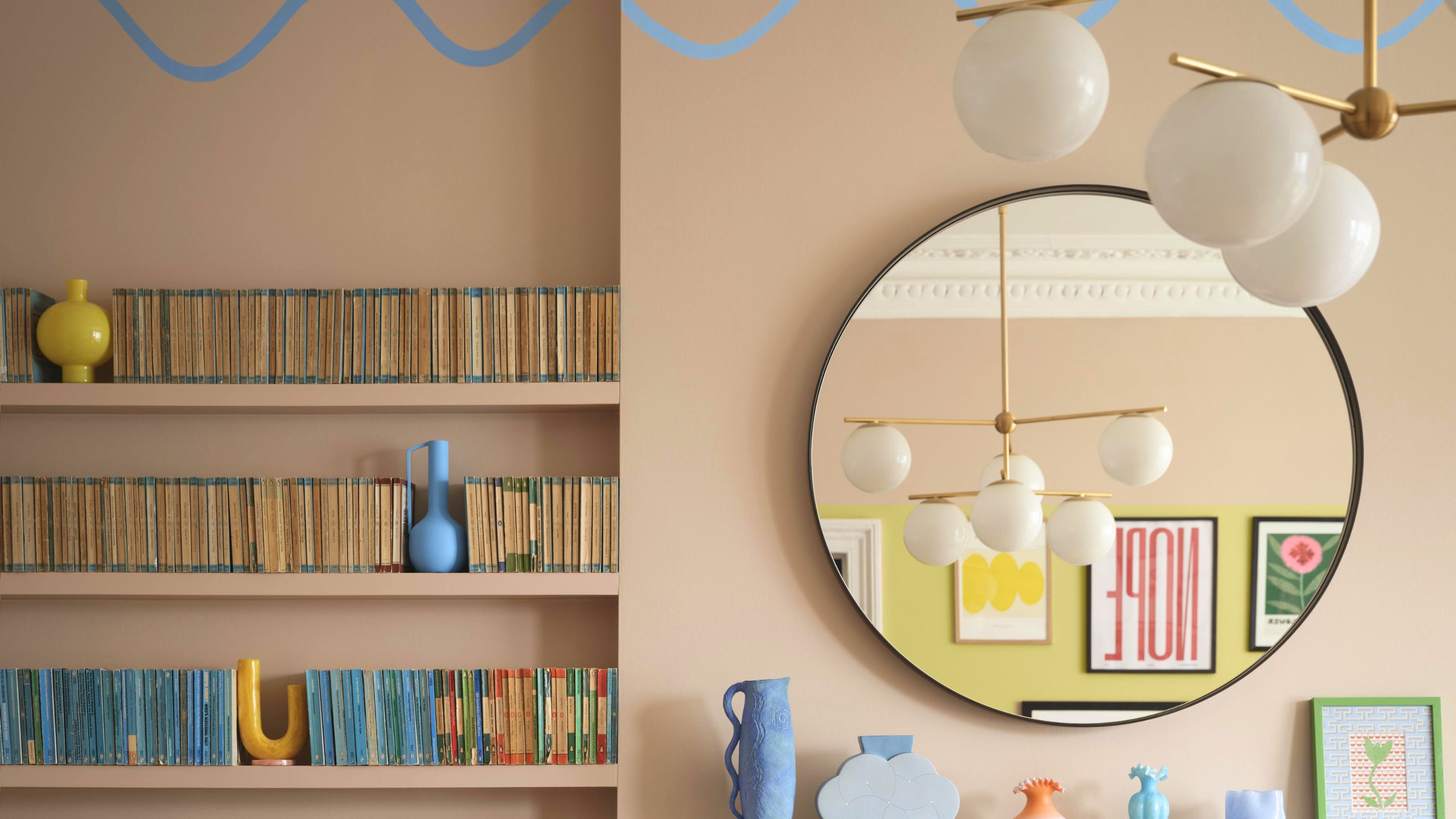Adding a new Staircase into an Old Property
Richard McLane, Design Director of Bisca Staircases discusses the challenges associated with replacing a staircase in a period property
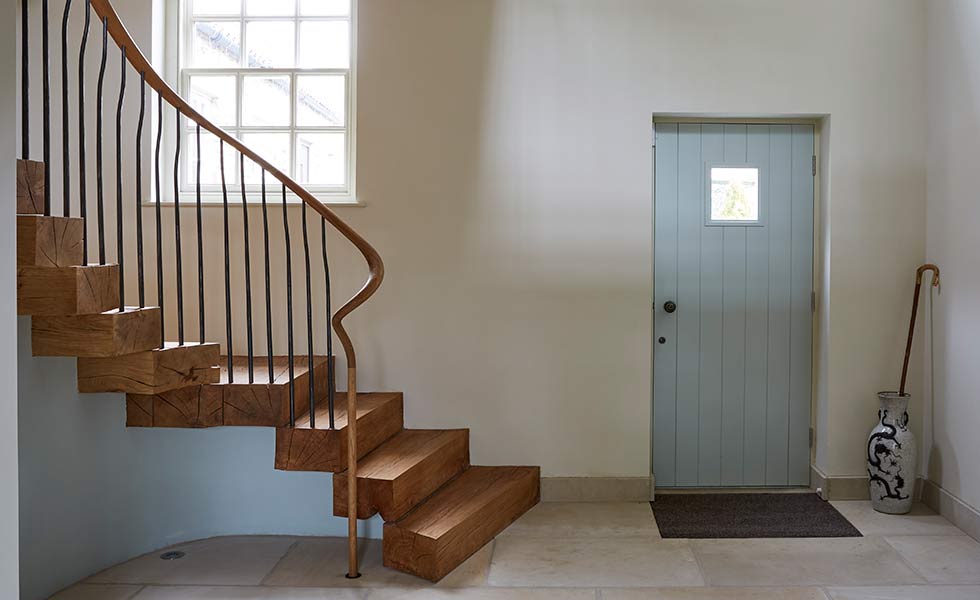
Content supplied by Bisca
Richard McLane, Design Director of Bisca Staircases discusses the challenges associated with replacing a staircase in a period property.
A very real concern of many people restoring a period property is that a new staircase may look out of place. Regardless of whether you choose a traditional or contemporary staircase it has to be in empathy with the building and not look like an obvious add on.
A new staircase in a period property can look stunning if it is skilfully designed and built with the same care and attention to detail employed by the original craftsmen. Executed properly the staircase will update the property and see it confidently through generations to come. Bisca take a sympathetic approach to restoration projects and period properties and use both traditional and contemporary materials for a seamless cohesion between old and new.
New does not have to be stark, or even new for that matter. Treads and handrails can be aged using many different treatments, even to the point where they blend completely into old timber. Using century old forging skills married with modern technology, a skilled blacksmith can recreate the patina of generations on metal balustrades, uprights or handrails.
Architects plans for older properties rarely exist and a structural analysis is usually required before any major renovation work. Supporting walls have to be identified and the condition of timber and existing masonry must be checked before attaching anything to or drilling into. Clever design of interfaces between existing and new structural elements is crucial to the successful integration of the new staircase into the property.
A substantial renovation project of a listed building can pose a challenge for architects and designers who have to work around protected structural elements and features. Notwithstanding, in terms of staircase styles available, a bespoke staircase manufacturer such as Bisca is always going to be the best solution. Rather than designing around stock or common parts, Bisca start with a blank sheet and design around the property, paying as much attention to interfaces and what can’t be seen as what can be seen. Materials for the staircase are specified on a project basis precisely to fit the property and client preferences, so the end result is exactly as envisaged.
Depending on the type of property and obstacles to overcome, some styles work better than others:-
- A helical or floating staircase has fixings only at the head and foot of the staircase and is the best choice, space permitting, for walls that have to be totally avoided.
- Even if walls are unsound, a cantilever is not out of the question. Bisca frequently design, manufacture and install cantilever staircases for listed and period properties using a hidden system of support without compromising the wall onto which it is fixed.
- Spirals, defined as having a central column, can be a good solution for a confined space, but whilst kit spirals are relatively inexpensive they also have the disadvantage of being uncomfortable in use. I would recommend that anyone who thinks they are restricted to a spiral staircase to speak to a bespoke staircase manufacturer such as Bisca to explore other options such as a helical.
Living space extensions, including those of a contemporary nature, are a common feature in renovations of older properties. Many buildings, such as cottages, barns and mills, just to name a few, often do not have the living space required for today’s family lifestyle.
The measure of a good staircase designer is in the use of quality materials creating a link between the two building styles, physically and aesthetically connecting the levels and combining contemporary with the traditional. In much the same way that valuable antiques can sit happily alongside contemporary pieces, the key to the success of the relationship is quality of workmanship.
Building Regulations still apply to period properties and must be taken into account during renovations. There are many cases where existing staircases/balustrades in older properties do not conform to modern day building regulations; for example, staircases in mews or cottage properties can be very narrow or steep by today’s standards and replacement staircases in these instances must conform to regulations currently in force – space permitting.
Older designs of classical metal balustrades incorporating intricate open scrollwork may have gaps of more than 100mm – not now permissible under modern building regulations which prohibit gaps larger than 100mm (known as babies head rule). Open scrollwork designs are still possible but must have discreet acrylic or glass panels in order to conform.
Generally speaking, for listed properties (depending on listing grade) a staircase renovation or replacement may require approval by the relevant body. If the staircase itself is listed you have to replace like with like.
There are a number of ways in which an expert staircase designer can achieve both the aesthetic requirements of property and client and yet ensure the commission conforms to building regulations. Ancient beams along with other protected architecture can be accommodated or circumnavigated with intelligent bespoke structural design.
Bisca believe anything is possible and offer a concept design service that allows clients visualize how a staircase or balustrade would look from given areas/entrances in the property and includes:
- A written definition of the brief
- Sketched 3D visuals of the proposed staircase in situ
- Written definition of the design solution and specification
- Budget cost quotation
- Outline schematic plans / layout
- Material samples for demonstration and approval
Contact Bisca:
Tel: 01439 771702
Email: staircase@bisca.co.uk
Web: www.bisca.co.uk
Get small space home decor ideas, celeb inspiration, DIY tips and more, straight to your inbox!
Real Homes is committed to sharing the best advice on everything from renovating your home to what products to fill it with. From DIY how tos, to ideas galleries and reviews Real Homes offers knowledge and expertise to help you do what you need to do, in a way that hopefully makes the process fun and easy. Our sponsored content is not an editorial endorsement, but allows you to connect with brands to assist your home renovation journey and alerts you to products you may not have known about before.
-
 4 reasons to upgrade to a bean-to-cup coffee machine, right now
4 reasons to upgrade to a bean-to-cup coffee machine, right nowFrom machines with automatic pre-programmed options to self-cleaning milk frothers, find out why you should make the switch to a bean-to-cup coffee maker
-
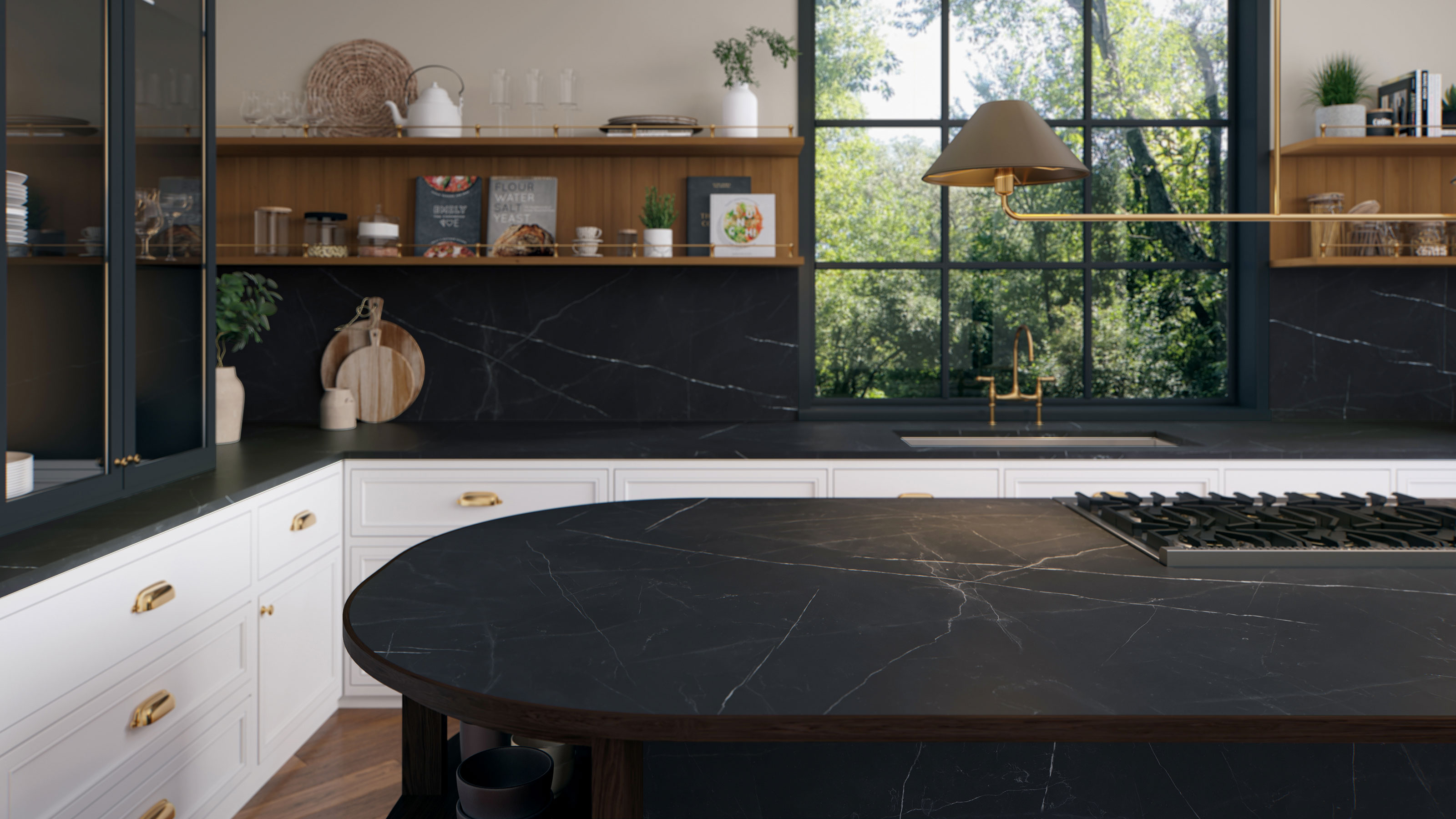 3 stunning ways that engineered stone countertops will enhance your kitchen renovation
3 stunning ways that engineered stone countertops will enhance your kitchen renovation -
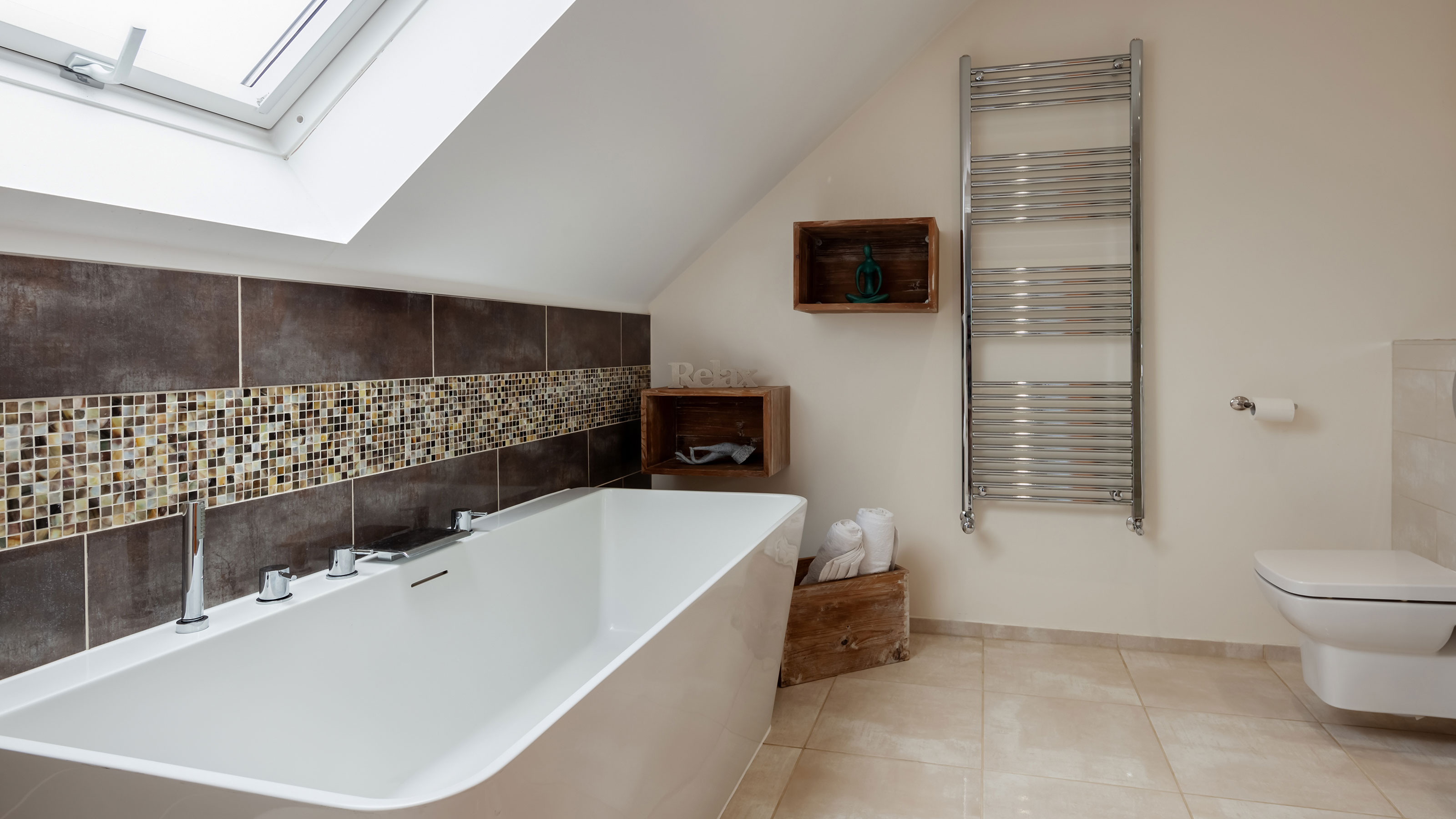 How to keep your bathroom toasty and inviting in all seasons
How to keep your bathroom toasty and inviting in all seasons -
 How to choose the best pillow for you
How to choose the best pillow for youToo soft, too hard, or not enough support? If you’re struggling to find a comfy pillow, our handy tips will help.
-
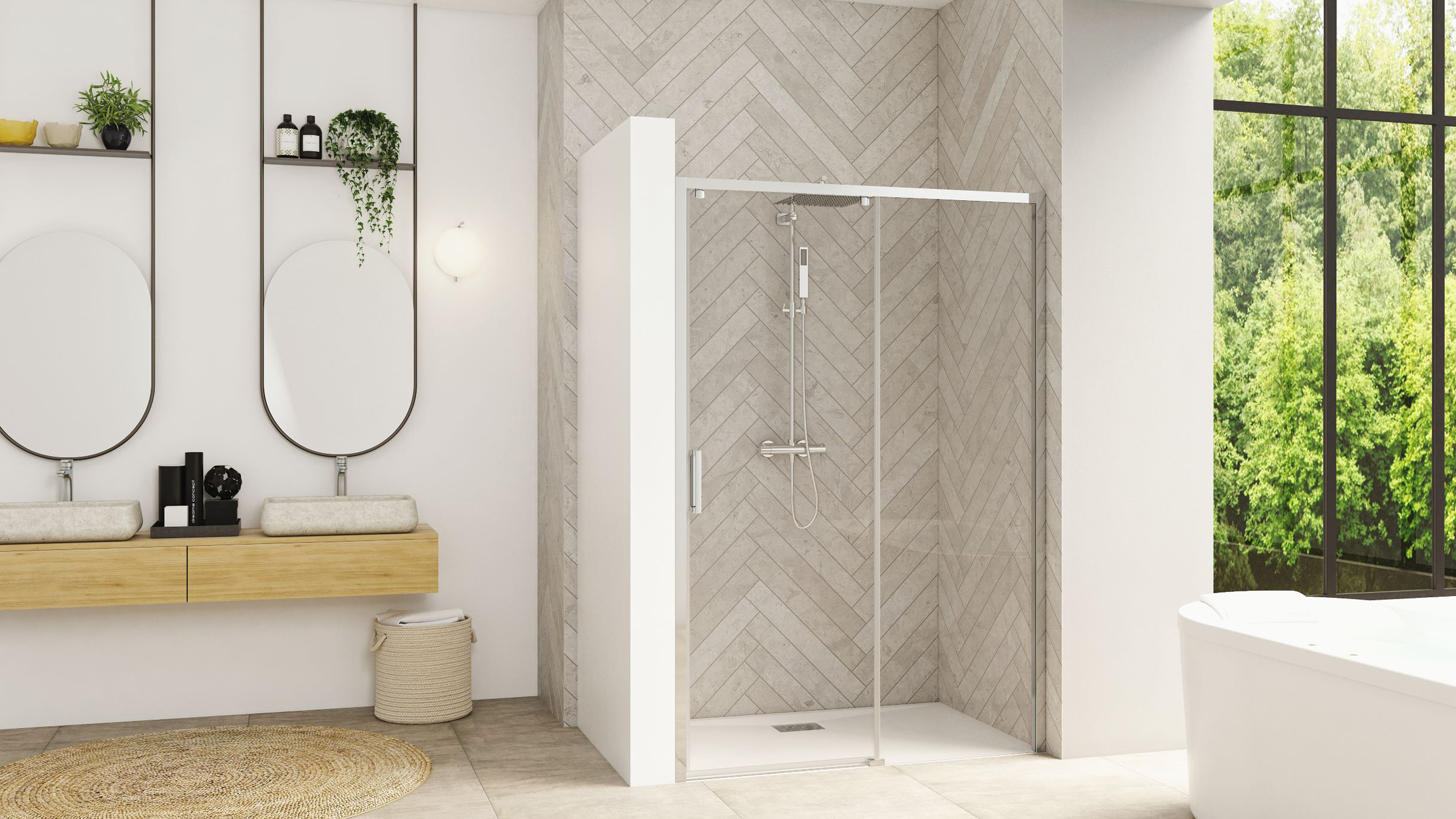 3 reasons you should consider a smart shower enclosure as part of your bathroom makeover
3 reasons you should consider a smart shower enclosure as part of your bathroom makeoverThinking about installing a shower enclosure? Here's why yours should be a smart one
-
 Save £10 at Currys on large kitchen appliances when you spend £249 with this exclusive offer
Save £10 at Currys on large kitchen appliances when you spend £249 with this exclusive offerThis offer earns you a neat £10 discount on large appliances. Check out the discount and how we think you might like to spend it below
-
 The 3 benefits of choosing an electronic desk space heater
The 3 benefits of choosing an electronic desk space heaterSponsored The Dreo ceramic heater solves many common problems with portable heaters
-
 5 reasons your kitchen needs a wine cooler
5 reasons your kitchen needs a wine coolerBecause in our opinion every dream kitchen should have plenty of space for wine
